Ivan Sergei
Mira Str.40-2, 222307, Molodechno Belarus
astroseriv@yandex.by
Abstract: This article presents the results of radio observations made in September 2021. The results of the radio observations are compared with the CAMS video network summaries.
1 INTRODUCTION
The observations were carried out at a private astronomical observatory near the town of Molodechno (Belarus) at the place of Polyani. A 5 element-antenna directed to the west was used, a car FM-receiver was connected to a laptop with as processor an Intel Atom CPU N2600 (1.6 GHz). The software to detect signals is Metan (author – Carol from Poland). Observations are made on the operating frequency 88.6 MHz (the FM radio station near Paris broadcasts on this frequency). The “France Culture” radio broadcast transmitter (100 kW) I use is at about 1550 km from my observatory which has been renewed in 1997.
2 Automatic observations
September is a fairly calm month in terms of meteor activity. The increased signal level activity up to 35–42 per hour with an average background level of 12–18 per hour probably belongs to AUR (# 0206) during the intervals 00h–01h UT and 05h–07h UT on 1 September 2021. My results agree well with the theoretical predictions in the article of Miskotte et al. (2021)
On September 9 and 27, the maxima of two minor showers, SPE (# 0208) and DSX (# 0221), were expected according to the IMO Meteor Shower Calendar. No peak activity of these showers could be recorded on the predicted dates. On September 12 and 13, a slight increase in the level of activity of meteor signals has been observed. The identification of this increase in activity will be discussed below.
Figure 1 shows the hourly rates of radio meteors in September 2021 at 88.6 MHz. Figure 2 shows the corresponding heat map.
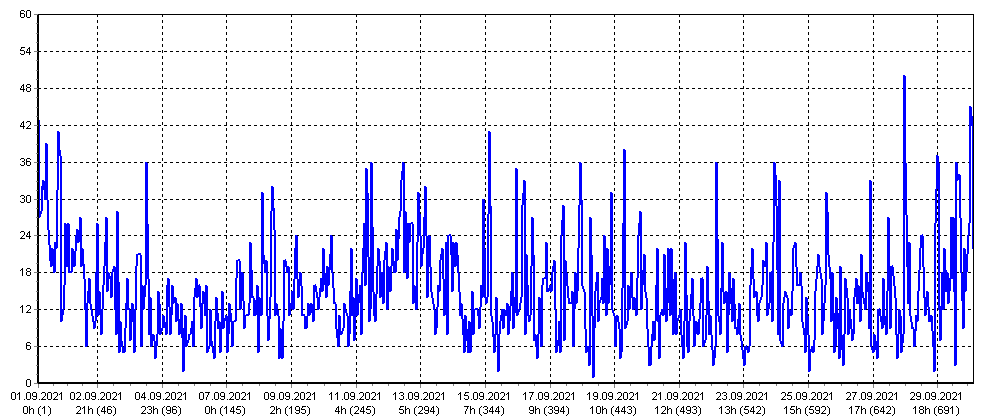
Figure 1 – Radio meteor echo counts at 88.6 MHz for September 2021.
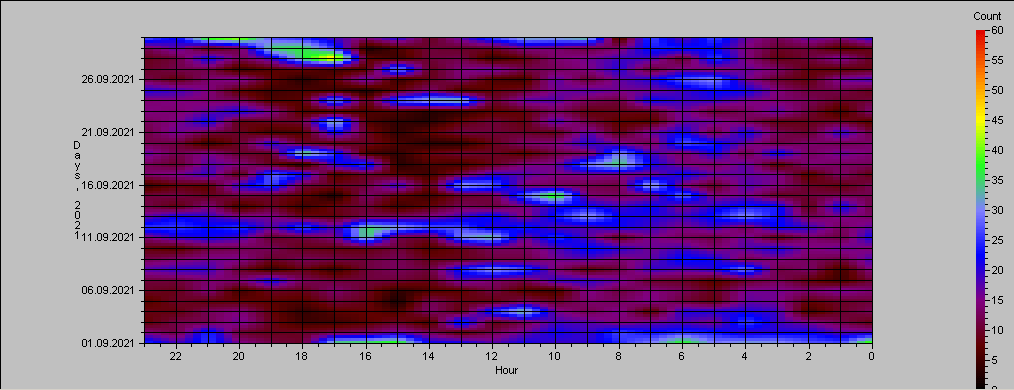
Figure 2 – Heatmap for radio meteor echo counts at 88.6 MHz for September 2021.
3 Listening to radio echoes on 88.6 MHz
Listening to the radio signals 1 to 3 times a day for one hour was done in order to control the level of the hourly rates, as well as to distinguish between periods of tropospheric passage and other natural radio interference. The total effective listening time was 57 hours.
The method of listening to the radio broadcast showed an increased level of activity of meteor signals with 94–108 on September 1 at 04h–11h UT compared to an average background level of about 25–35 signals per hour. Undoubtedly, this increase in activity is associated with the outburst of the minor shower AUR (# 0206).
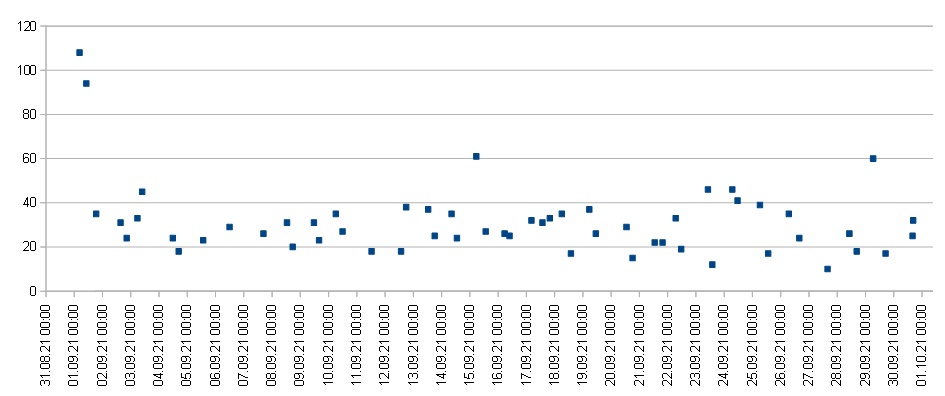
Figure 3 – The result with the calculated hourly numbers of echoes of meteors by listening to the radio signals for September 2021.
4 Fireballs
In order to quickly search for signals of the radio fireballs, the program SpectrumLab was running in parallel to the Metan program. Screenshots were saved every 10 minutes. The search for fireball events was performed visually by viewing many thousands of screenshots obtained over a month. Then, we selected fireball events from the log files of the Metan program. For fireball activity statistics, I have selected signals from the log files with a peak power greater than 10000 as fireballs and with a signal duration greater than 10 seconds. Figure 4 shows the daily activity of the fireball radio signals. Figure 5 displays one of the fireball radio echoes.
The month is quite calm in terms of fireball activity with an average level of 2-3 fireballs per day. The reason for the increase in fireball activity on September 24 is not known.
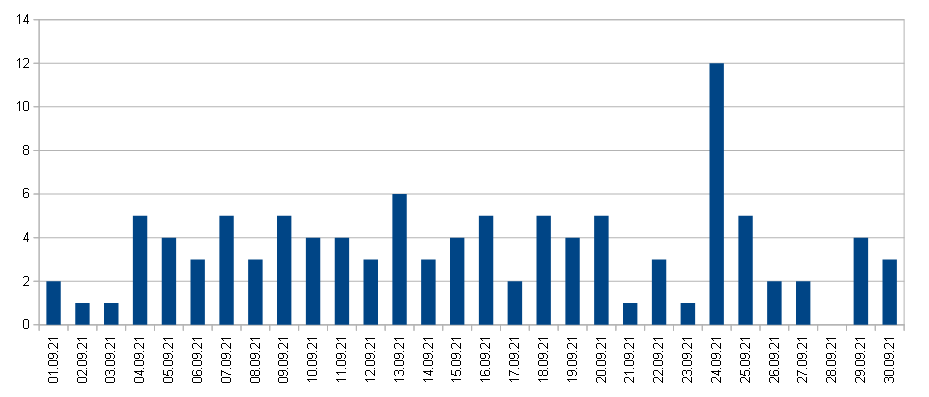
Figure 4 – Daily activity of radio fireballs in September 2021.
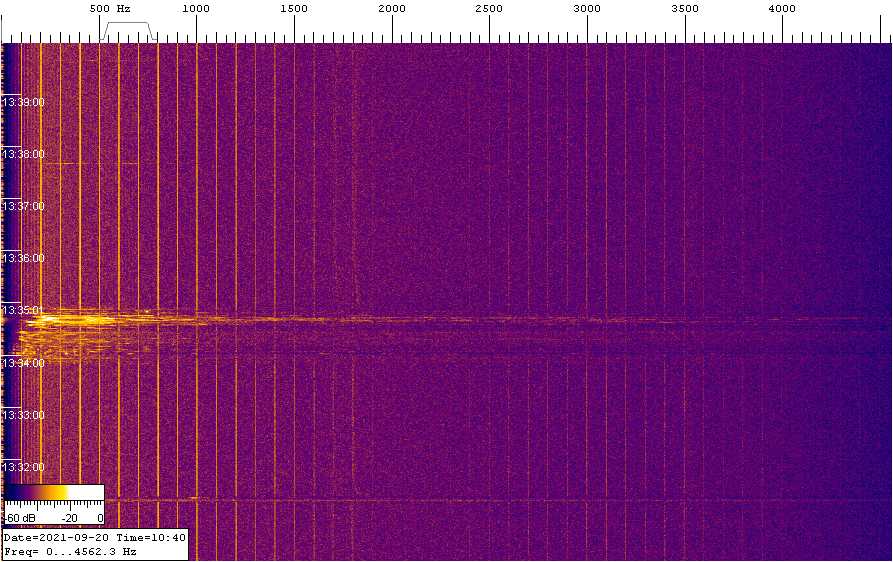
Figure 5 – Radio fireball recorded by SpectrumLab on September 20 at 10h35m UT.
5 Preliminary CAMS Data
Figure 6 shows the total daily activity of meteors from the CAMS video network data (Jenniskens et al., 2011). There is a noticeable correlation between the activity level of sporadic meteors and the activity level of shower meteors. The preliminary CAMS data has been used like it was available on October 22. The background activity of the sporadic background is sinusoidal with a peak around September 6–8 at about 2400 meteors and a minimum around September 26–27 at 800–900 meteors per day. The level of the shower activity also correlates with the level of sporadic activity, reaching a peak around September 8 and a minimum around September 26.
Figure 7 shows the total number of meteor showers detected by the CAMS video networks in September 2021.
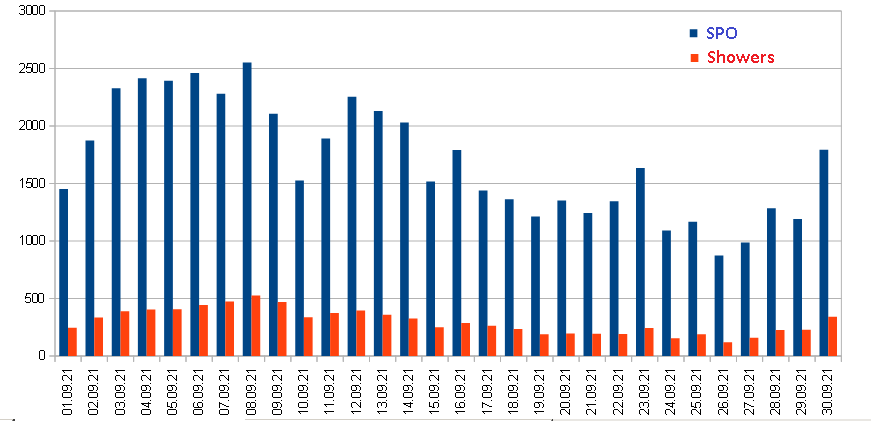
Figure 6 – Daily activity meteors of video networks CAMS in September 2021.
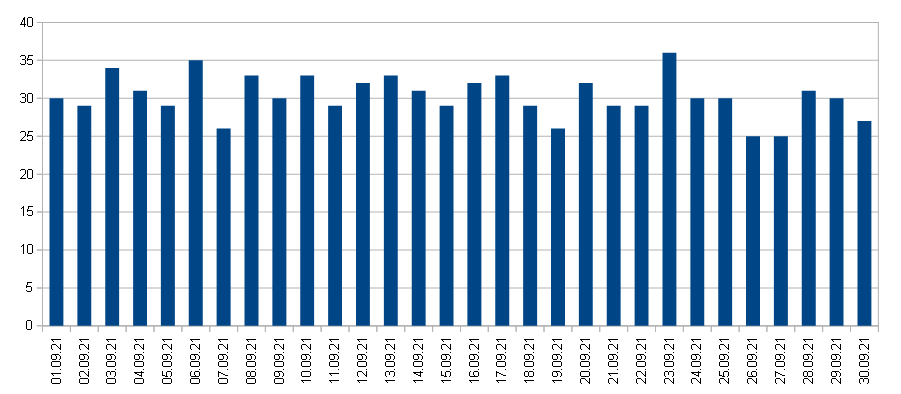
Figure 7 – Total number of meteor showers detected by the CAMS video networks in September 2021.
The activity peak on September 8 is associated with the maximum activity of the minor shower SPE (# 0208). The weak activity peak on September 23 can be explained by the activity of the meteor showers NUE (# 0337) and STA (#0002), combined with an increase in the number of detected showers. So, on September 23, CAMS detected 36 showers, a day earlier, 30 showers, a day later, 29 showers. On September 12 and 13, a small peak in the activity of shower meteors as well as in the level of sporadic meteors can be seen, which is also recorded by my radio meteor system. This was caused by the activity produced by some minor showers, NTA (#0017), NUE (#0337), SLY (#0081), as well as an increase in the number of detected showers. The rise in activity on September 30 is mainly associated with an increase in the activity of the Taurid meteor showers STA, NTA, and also some other minor showers.
6 Conclusion
By the method of automatic signal detection and by the method of listening to the radio broadcast, on the night of August 31 to September 1, an increased activity of the minor shower (AUR) has been recorded. Both methods make it possible to detect the total activity of meteor showers and sporadic meteors, regardless of weather conditions. The data from the CAMS video networks make it possible to determine which stream (s) are responsible for the increased activity. The September data show a not very good correlation between radio and video observations. This may be because the CAMS data is affected by the weather, i.e. series of cloudy nights which makes it impossible to estimate the real meteor activity level.
Acknowledgment
I would like to thank Sergey Dubrovsky for the software he developed for data analysis and processing of radio observations (software Rameda). I thank Carol from Poland for the Metan software. Thanks to Paul Roggemans for his help in the lay-out and the correction of this article.
References
Jenniskens P., Gural P. S., Dynneson L., Grigsby B. J., Newman K. E., Borden M., Koop M., Holman D. (2011). “CAMS: Cameras for Allsky Meteor Surveillance to establish minor meteor showers”. Icarus, 216, 40–61.
Miskotte K. (2021). “A modest Aurigid outburst in 2021”. eMetN, 6, in press.
Rendtel J. (2020). “Meteor Shower Calendar”. IMO.

